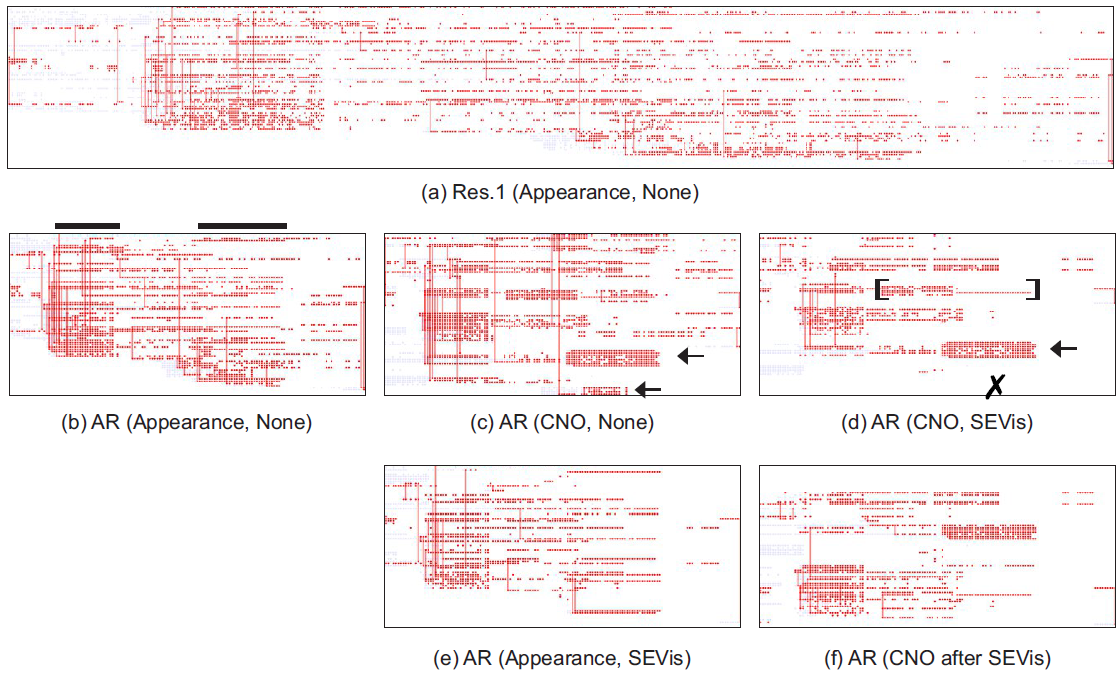Combining Clutter Reduction Methods for Temporal Network Visualization

Publication Details
- Venue
- ACM/SIGAPP Symposium On Applied Computing
- Year
- 2022
- Publication Date
- May 6, 2022
- DOI
- https://doi.org/10.1145/3477314.3507018
Materials
Abstract
Temporal network visualization is a powerful tool that assists users in understanding network structure and dynamics. One of the most popular visual representations in this context is the Massive Sequence View (MSV), a timeline-based layout that allows the identification of patterns, anomalies, and other structures from global to local scales. MSV may suffer from visual clutter when applied to real-world networks due to the large number of nodes, edges, and/or timestamps. To enhance the analysis, several clutter reduction methods have been proposed in the literature. No study, however, has evaluated different strategies that combine methods with respect to their effectiveness in reducing visual clutter while highlighting meaningful patterns. In this paper, we combine node ordering, edge sampling, and timeslicing methods to analyze how these combinations impact layout readability and pattern identification. We consider recent applications of MSV in the context of infection dynamics to study the effect of different combinations in the visualization layout. Through two case studies with real-world networks, we demonstrate the superiority of combining at least two high-quality methods in relation to the use of a single method. We also show that edge sampling should be used as a complementary strategy, always associated with a high-performance node ordering.
Cite this publication (BIBTEX)
@article{2022-ClutterMethods,
title={Combining Clutter Reduction Methods for Temporal Network Visualization},
author={Jean Ponciano and Claudio Linhares and Luis Rocha and Elaine Faria and Bruno Travençolo},
journal={ACM/SIGAPP Symposium On Applied Computing},
year={2022},
url={https://doi.org/10.1145/3477314.3507018},
date={2022-05-06}
} 